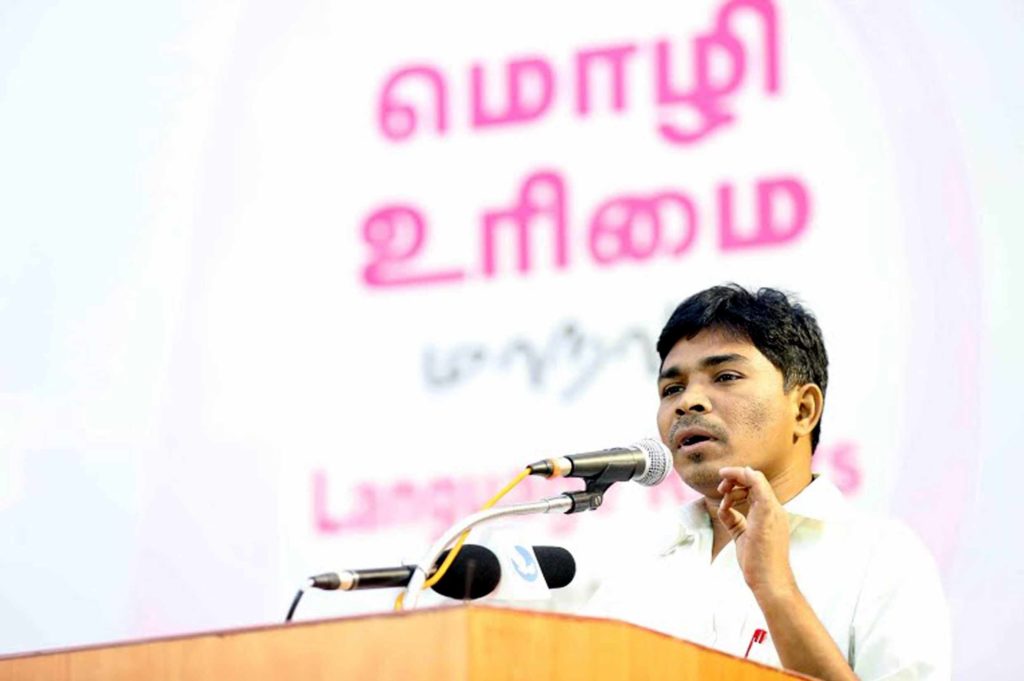In the post independence era, the socio-political scenario of the country was changing rapidly. Printing presses were available in western Odisha. Writers were trying new theme. The naked reality of the society was flowing from their fountain pen. At that juncture “Paercha Sati” by Khageswar Seth appeared in 1949.
In 1950 Kurephul by Indramani Sahu was published. It is considered as the first Kosali poetry collection. Indramani Sahu is known as Kosal Balmiki as he is the author of Kosali Ramayan.
Sri Panchami by Satyanarayan Bohidar published in 1953. In 1959 Sashibhushan Mishra Sharma’s Rakh Ma Palsa Gucha appeared.
In 1974 Kosali magazine Jharan was released which was edited by Nrupati Dehury. In between 1961 to 1970, 10 poetry collections were published. From 1971 to 1980 18 collections, 1981-1990 40 collections and 1991 to 2000 66 Kosali poetry collections were published.
Modernity in Kosali poetry was introduced in around 1970. Prof Jayadev Dansana’s Ulysis Aur Salegram published in 1978 is considered as the first modern Kosali poetry collection.
Slowly Kosali language and its other aspects were discussed around this time. In 1987 an article of Pt. Prayagdutta Joshi titling “Swatantra Kosali Bhasa” published in Saptarshi created a huge uproar in literary and intellectual circle of western Odisha. Pt Joshi coined the name Kosali for the language of western Odisha. And it was opposed by Sambalpur based writer Dr Nilamadhab Panigrahi. The battle of Sambalpuri vs Kosali began. Dr Dolagobind Bishi wrote “Kosali Bhasa Sundari”(1984) and supported the name Kosali. He further edited a quarterly Kosali magazine “Kosal Sree” from 1988. Kosali Bhasa Sahitya Parishad the organization of Pt Joshi started publishing “Kosal Bharati”. But Dr Nilamadhab Panigrahi of Gulunda who is also famous for his epic “Mahabharat Katha” published Nishan magazine and its 4th issue was titled as “Paschim Odishar Bhasar Na Sambalpuri” and wrote an article “Samaleswari Banam Kosaleswari”. Finally to diffuse the conflict a meeting was held in Sambalpur on January 2nd and 3rd in 1993.
Around 1991 Haldhar Nag was introduced into Kosali literature. Hailing from a humble background and having schooling up to 3rd standard the gifted Kosali poet is dictating Kosali literature almost for 2 decades now.
Today Kosali language is enriched with many great literatures like Ramayan, Mahabharata, Srimad Bhagabat Gita, Meghduta etc. About 5 thousands authors are regularly writing in different genre like Architecture, Astrology, Mantra-Tantra-Yantra science, Medicine, Yoga, Music, Arts, Dance, Drama, Yoga, Philosophy, and Grammar. Every day, regional radio stations and private television channels are broadcasting different Kosali programmees. From 2012 the Registrar of Newspapers for India also included Kosali in its language list (earlier it was Ori-Koshli). Around 80 unregistered and 6 registered magazines and periodicals have been published in last 3 decades in Kosali. Sambalpur University is providing a PG Diploma Course in Sambalpuri and Haldhar Avasik Vanabidyalaya, Kudopali has included 2 Kosali primers since 2012, authored by Saket Sreebhushan Sahu, in its curriculum.
Saket Sreebhushan Sahu comments on politics and culture

